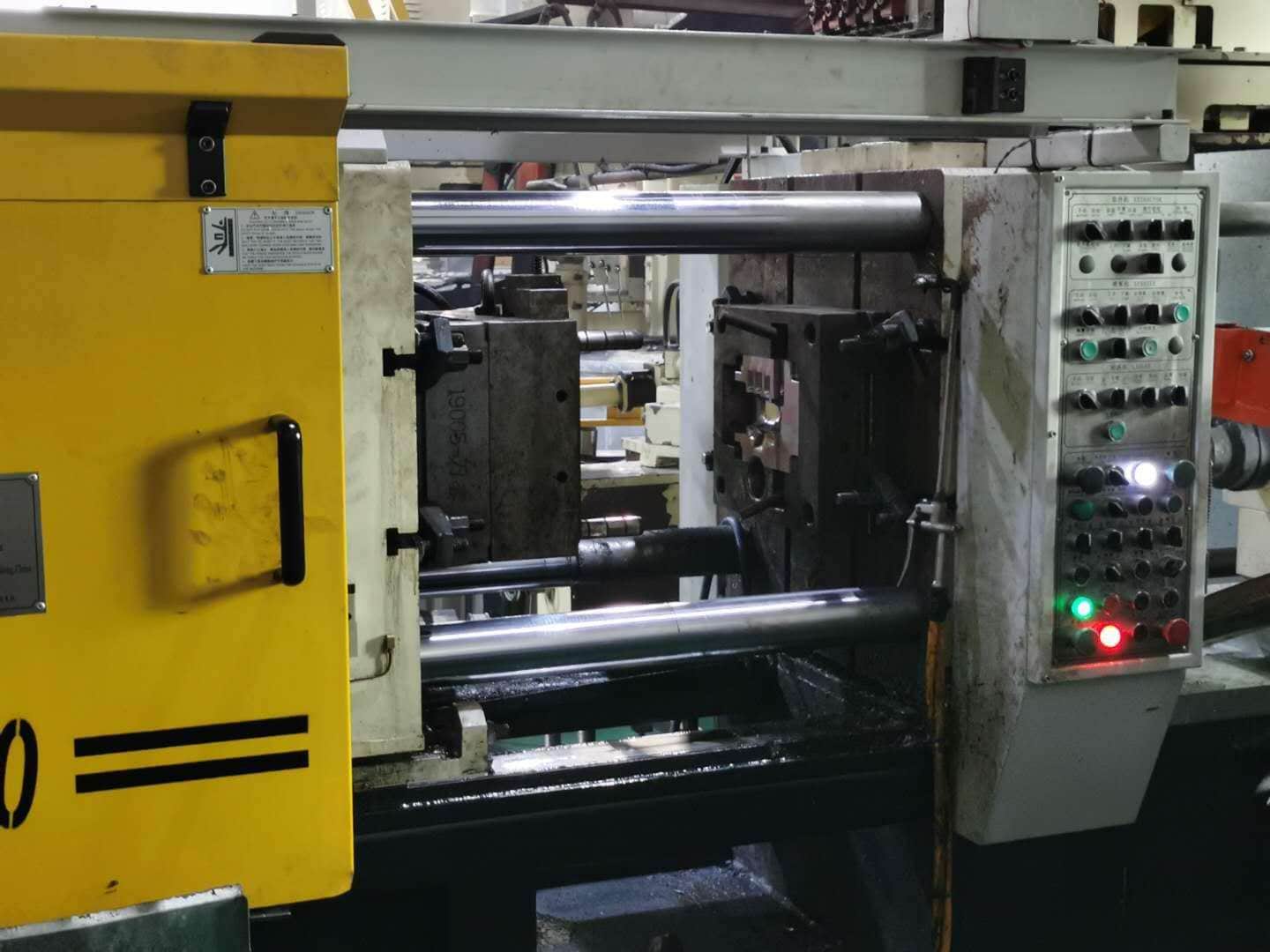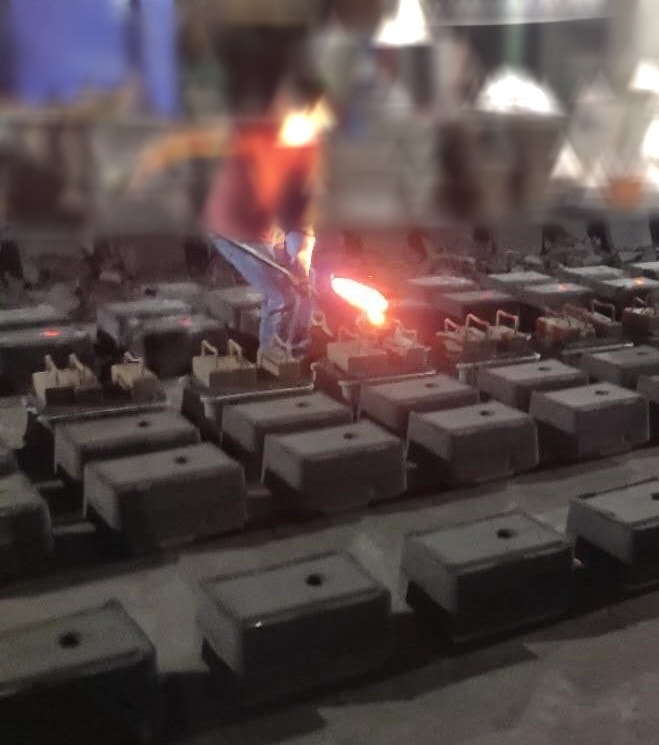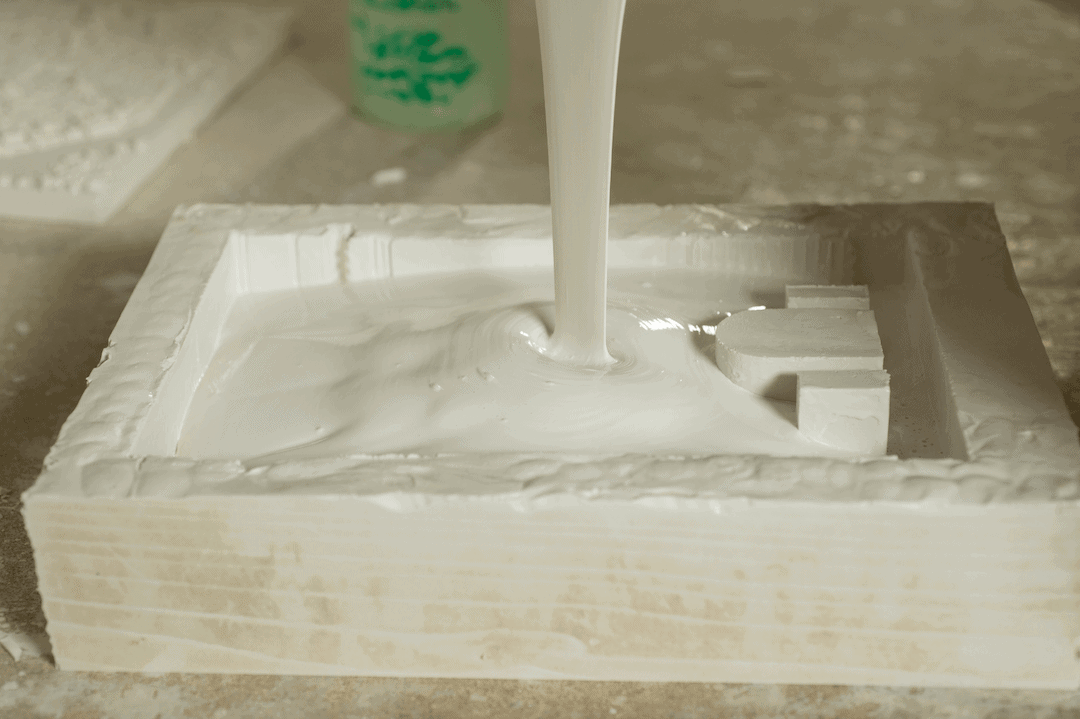Precision Casting Parts
Source Delivers Precision Casting Parts
Casting was one of the first industrial manufacturing processes dating back at least 7,000 years to China, India, and Pakistan. Throughout history, this process has been used to make tools, weapons, works of art, and other precision casting parts.
The modern casting process uses many different techniques and in all of them, liquid material is poured (or injected) into a hollow cavity of a desired geometrical shape and allowed to cool down to form a solidified part. The solidified part after it is extracted from the mold is known as a casting blank.
Advantages Of Casting
- Casting can produce complex shapes that would be otherwise difficult or uneconomical to make by other methods.
- Features like internal cavities or hollow sections can be achieved.
- Large components can be produced in one-piece cast
- Casting is generally less expensive than other manufacturing processes.
- Casting foundries often utilize recycled materials thereby reducing waste materials that might otherwise end up in landfills.
At Source we use three primary casting methods to mold both metal and plastic parts:
- Die Casting
- Sand Casting
- Cold Casting
Precision Casting Process
Following is a summary of each process and its relative advantages followed by a comparison of various casting methods with other manufacturing processes.
1. Die Casting
Die Casting involves pouring or injecting molten metal under high-pressure metal into a precision metal mold cavity at high speed, and the liquid metal is cooled and solidified under pressure to form a casting. This allows each part to be created with high precision accuracy and repeatability.
The die casting process has significant advantages over other manufacturing processes like machining and stamping allowing us to create complex shapes with complex internal and external features, and with minimal draft angles which minimizes the need for secondary finishing operations. Die casting also produces major cost savings in piece price and the overall cost of production.
Zinc and Aluminum alloys are the most used materials in our die casting factories. Zinc die casting produces parts that are a strong, durable, and cost-effective with a good combination of strength, toughness, rigidity, cast-ability, and superior finishing capabilities. Aluminum die cast parts also have their own advantages which allows us to create parts with complex part geometries that are lightweight, with good corrosion resistance, and high thermal and electrical conductivity.
Die cast parts often need a finishing operation to remove burrs. We commonly use vibration tumbling and sand blasting techniques to achieve the desired level of smoothness. Ultrasonic cleaning is used for high-quality cleaning, utilizing ultrasonic energy to scrub the parts and a liquid solvent to rinse away the residue and loosened particulate matter.
Die casting is an efficient, economical process offering a broader range of shapes and components than any other manufacturing technique. Parts have long service life and may be designed to complement the visual appeal of the surrounding part. Designers can gain several benefits by specifying die cast parts including high-speed production, close tolerances, dimensional accuracy and stability, strength, multiple finishing techniques, and simplified assembly procedures. Dies can be produced for simple to complex parts. Source factories use the latest technologies to ensure superior quality and low unit costs. Our state-of-the-art die casting plants more and more make use of robotics and other automated processes that provide guaranteed consistency in the finished product and cost control advantages.
A good overview of the precision die casting process can be found here.
2. Sand Casting
Sand Casting is a less precise process than die casting with molds which are made primarily of sand with a certain percentage of clay mixed in. The use of sand molds allows for a lower initial set-up cost, and a shorter lead time of product development and first production launch, comparing to other processes. Sand casting can produce very large parts weighing of thousands of pounds.
A master mold is made first and is used to produce the production molds from sand. The sand is formed around this master mold to create the mold cavity and then removed. Next, the molten metal is filled into the sand cavity to form the casting part. After the part cools, the sand mold is broken loose, and the part emerges. Sometimes, a core may be needed to create a more complex feature (i.e. inner hole).
Ductile iron, steel, aluminum, and bronze are the most used materials in our sand casting factories. The sand casting blanks typically require secondary finishing to remove the parting line, smooth roughness, and achieve tight dimension tolerance. Sand blasting, shot blasting, and machining (lathing, milling, etc.) are generally used. After finishing, a surface coating such as black oxide, powder coating, or wet painting can be applied to achieve better corrosion resistance.
3. Cold Casting
Cold casting molds are very low cost with production molds made from a master mold which liquid silicone is poured around to create a reverse mirror image. Silicone molds are durable, simple to construct and use, and are capable to reproduce very fine details on the surface of the part. Liquid poly resins comprised of two different liquid parts are mixed and poured into the silicone production molds, where it undergoes a chemical reaction to harden and produce an exact cast replica of whatever was used to make the mold. Vacuum chambers are used to draw any air bubbles from the liquid resin mixture. Similarly, silicone products can be made efficiently by the cold cast process using very thin-walled, low cost steel molds.
Cold cast resins are perfect for quickly and precisely reproducing complex shapes and figures with a low startup and part cost. The repeatability and weight of resin castings makes for a high-quality and cost-effective product, suitable for a multitude of colors, deco options from hand painting to decals. We work in a wide variety of polymers to achieve different flexibilities and textures in cast resin products.
AUTOMATION IS THE KEY TO EFFICIENT DIE CAST MANUFACTURING
Watch the video to see our robot in action!
Casting Processes Comparison
Die Casting versus Sand Casting
Sand Casted parts typically require more machining, have thicker walls, less precision dimensionally that die casted parts but they have lower tooling setup costs, are produced more rapidly and require more labor cost per casting often resulting in lower part costs and smaller minimum quantity requirements.
Die Casting versus Forging
Forged Parts are denser and stronger than die castings and can be produced in ferrous and other metals, and in larger sizes than die casting. Die cast parts, on the other hand, can be more complex shape and have shapes not forgeable, thinner sections, and can be held to closer dimensions and have coring not feasible in forging.
Die Casting versus Stampings
Stampings can be made in steel and in alloys not suitable for die casting, are produced more rapidly, and may weigh less than die castings. However, one die casting can often replace several parts. Diecast parts frequently require fewer assembly operations, can be held within closer dimensional limits, involve less waste in scrap, are producible in more complex shapes, and can be made in shapes not producible in stamped forms.
Cold Casting versus Plastic Injection
Cold cast polyresin products have a much lower startup cost for molds than plastic injection allowing for shorter production runs and can achieve a much more detailed product than injection. The other advantage of polyresin vs injection plastics is the ability of cold cast molds can contain undercuts that are unachievable in injection molds. Injection molded parts on the other hand can be produced much quicker and with less variation than cold cast parts. are normally less strong, more flexible, less stable dimensionally, and less heat resistant.
Why use Source International for Precision Casting?
The casting experts at Source have over 20 years of experience producing casting parts used in medical, automotive, trucks, small engines, toys, meters, renewable energy, lighting and electrical, home appliance, machinery, furniture, industrial enclosures, components applications, golf carts, material handling, and machine tool industries in our ISO 9001 certified facilities.
With decades of industrial parts manufacturing expertise, we’ll select the ideal industrial casting process for your application to achieve the desired properties of the part including its strength, heat and electrical conductivity, aesthetics, surface protection, corrosion resistance, and others. And, we’ll explain the relative advantages of various material options to help you achieve the desired outcome.
Starting with your AutoCAD, IGES, PDF, or SolidWorks file, our expert team produces your custom parts with tight tolerances and that always meet your specifications. Regardless of the complexity of your design, we’ll find the best way to meet your needs in a timely, cost-effective manner.
Source handles all aspects of the casting process from mold design and testing to component manufacturing, finishing, and packaging. Source is a leader in casting technology and has the skilled professionals to manufacture high quality castings in the most cost-effective manner with on-time delivery and quality that will exceed your requirements.
Our high-performance systems are engineered for eco-friendly, low energy consumption with super-accurate repeatability within extremely tight tolerances. Contact our team today to check your precision part specifications against our capabilities.
Talk With Our Supply Chain Experts
SCHEDULE A CALLSOURCE INTERNATIONAL OPTIMIZES SUPPLY CHAINS
Whatever your procurement needs may be, Source International provides commodity and supply management expertise to allow you the most globally competitive prices combined with the best quality (always on-spec) and an on-time delivery record unmatched in the industry.
Send us an email to find out how we can add value to your global supply chain to save you time and money while increasing overall efficiency and product quality.


 Sand Casting Process
Sand Casting Process

